When a NASA scientist writes that the California drought has reached such epic proportions that the state is in danger of turning into a dustbowl, we need to stand up, take notice and act.
According to Jay Famiglietti, the senior water scientist at the NASA Jet Propulsion Laboratory/Caltech and a professor of Earth system science at UC Irvine, in an op-ed article for Los Angeles Times. “Statewide, we’ve been dropping more than 12 million acre-feet of total water yearly since 2011.”
Famiglietti also writes, “Right now the state has only about one year of water supply left in its reservoirs, and our strategic backup supply, groundwater, is rapidly disappearing. California has no contingency plan for a persistent drought like this one (let alone a 20-plus-year mega-drought), except, apparently, staying in emergency mode and praying for rain.
In short, we have no paddle to navigate this crisis.”
Please click here to read this interesting and compelling article in LA Times. Click here to read another report on the California drought from FeelGuide.
Action throughout the world on conservation is needed now – and it must be immediate and decisive.

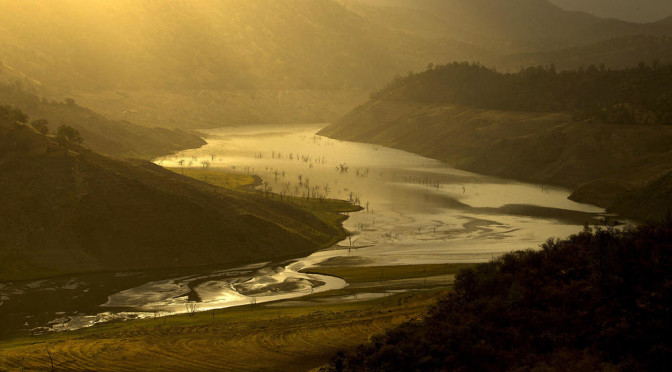
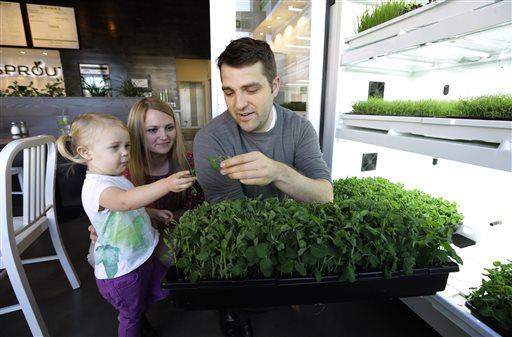
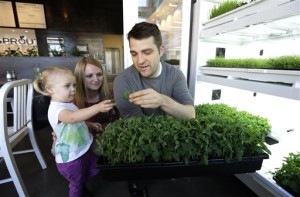
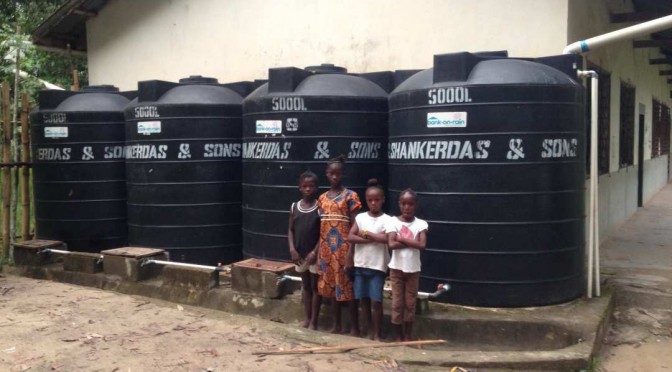
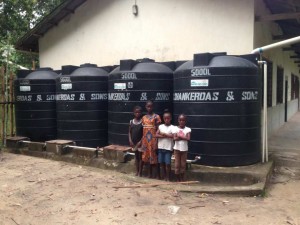 The
The